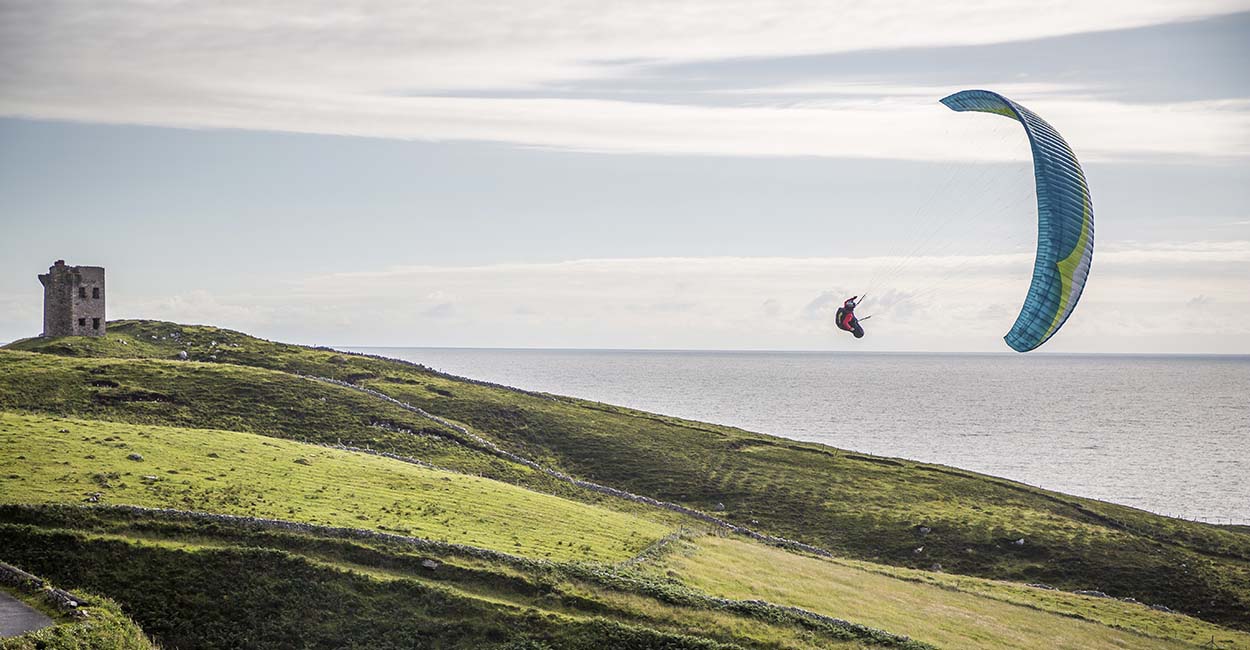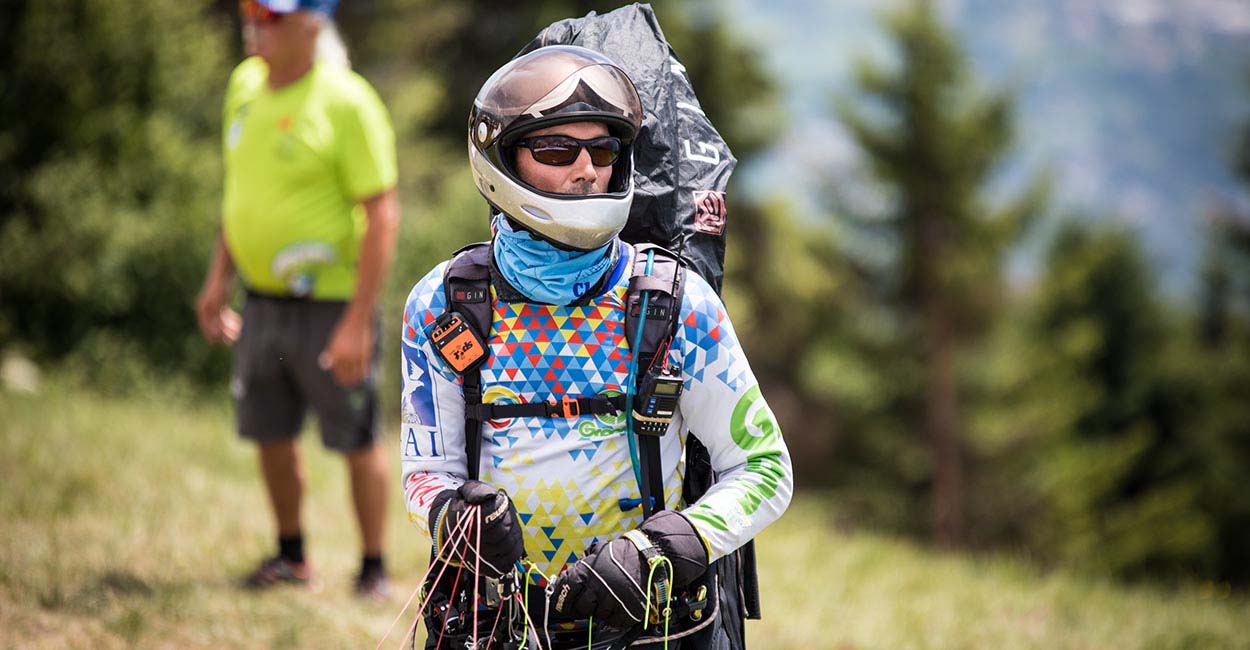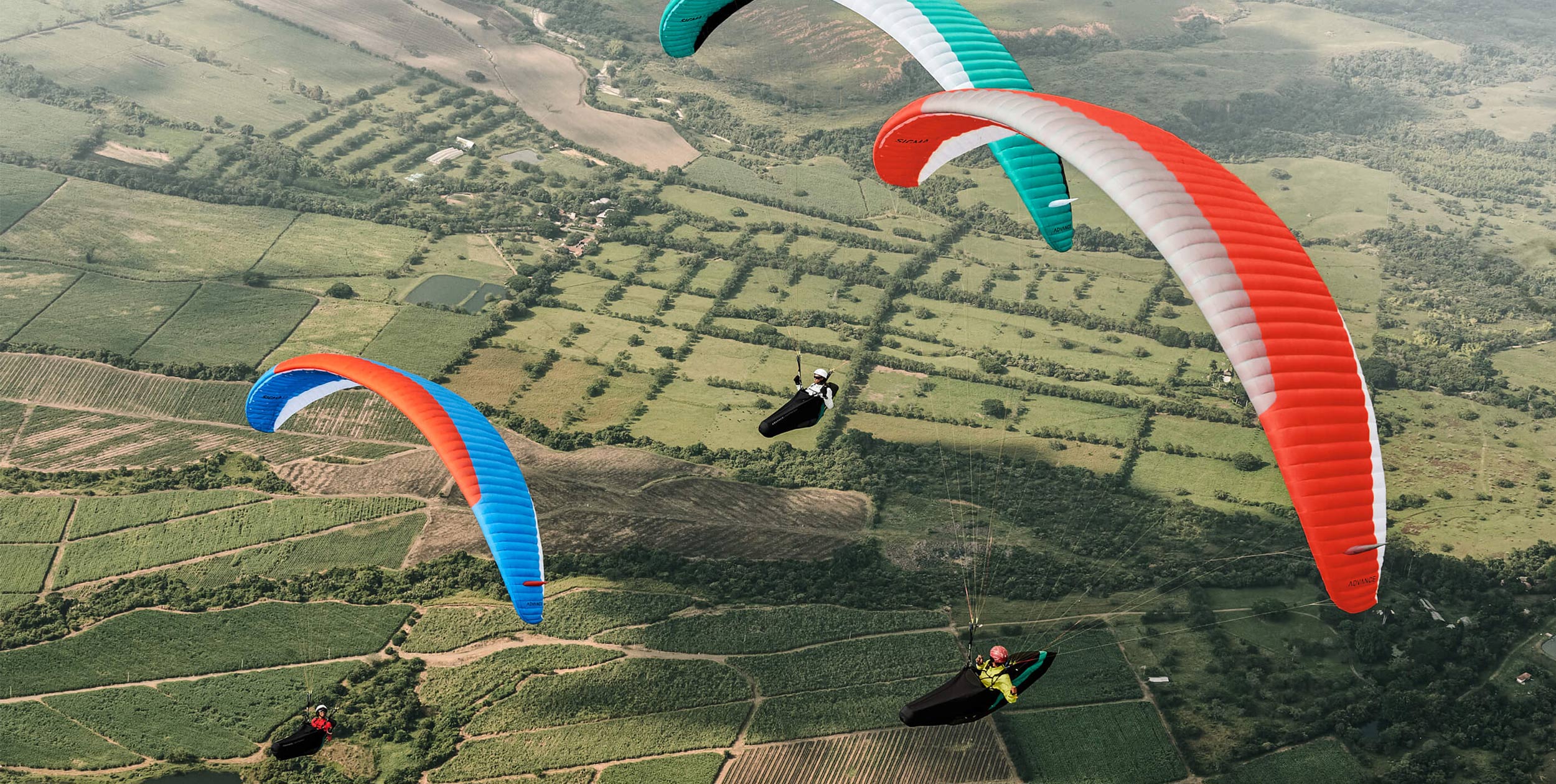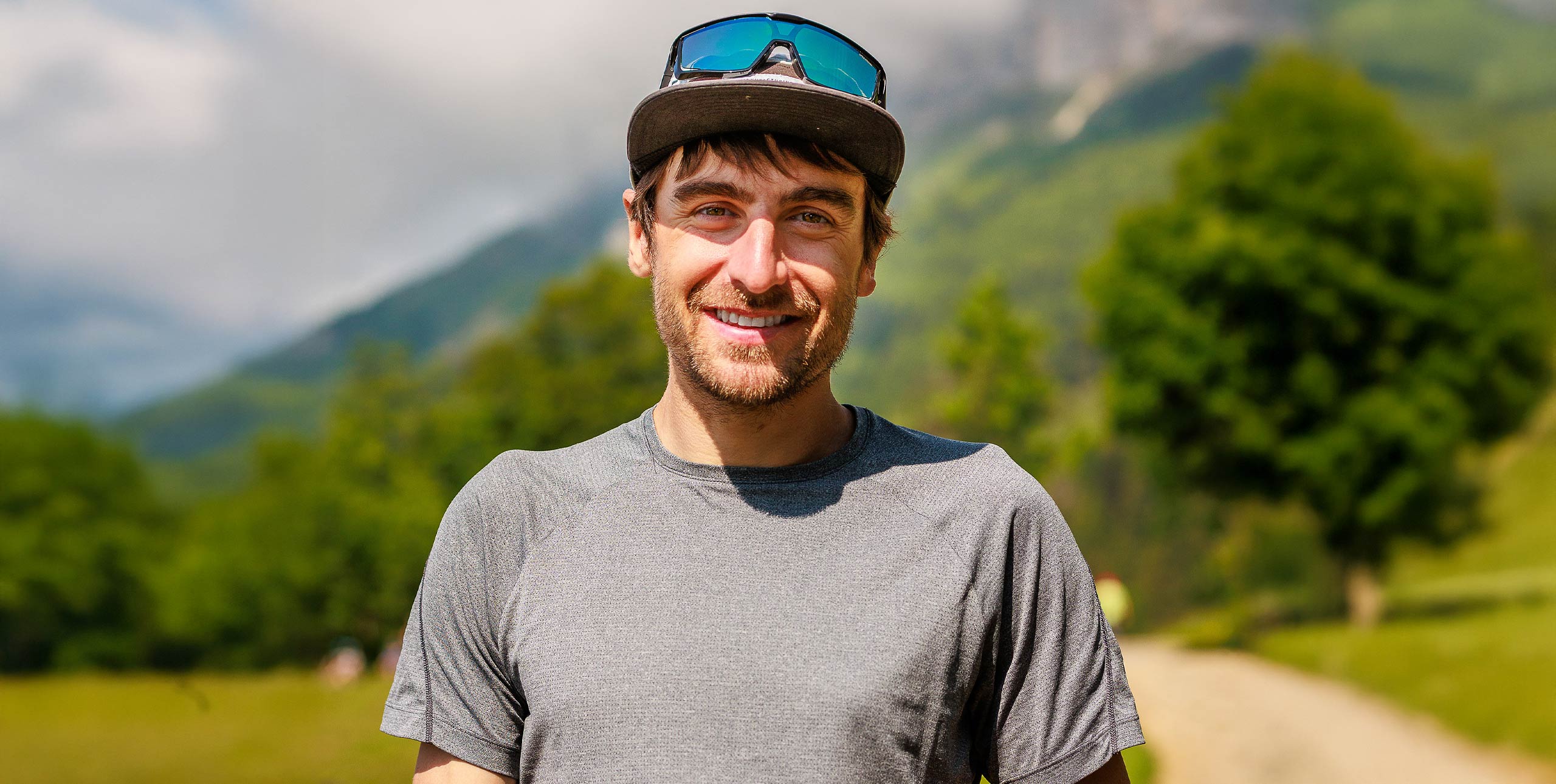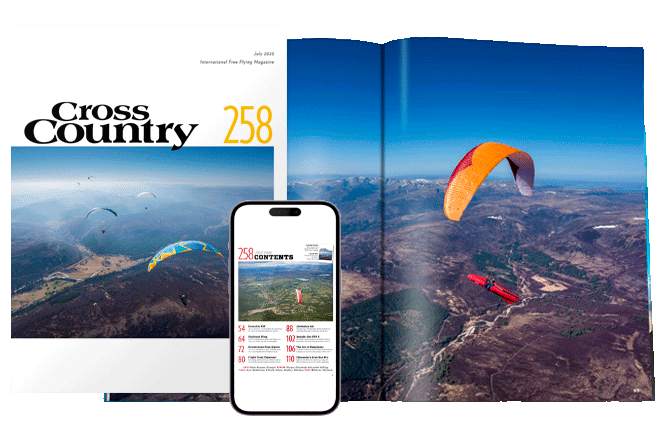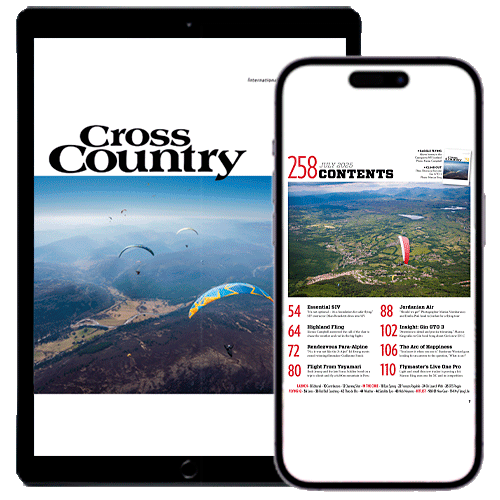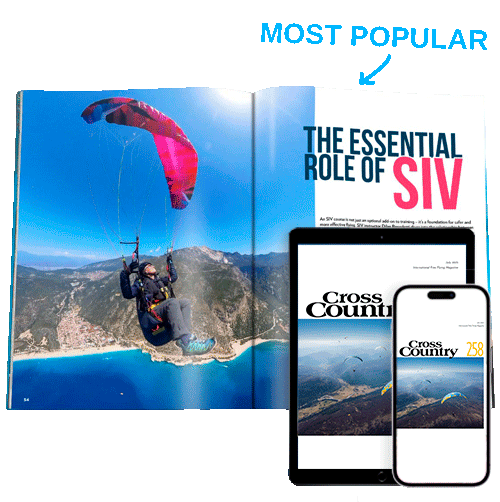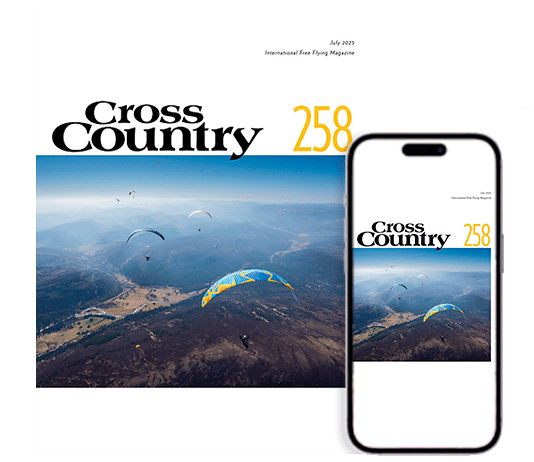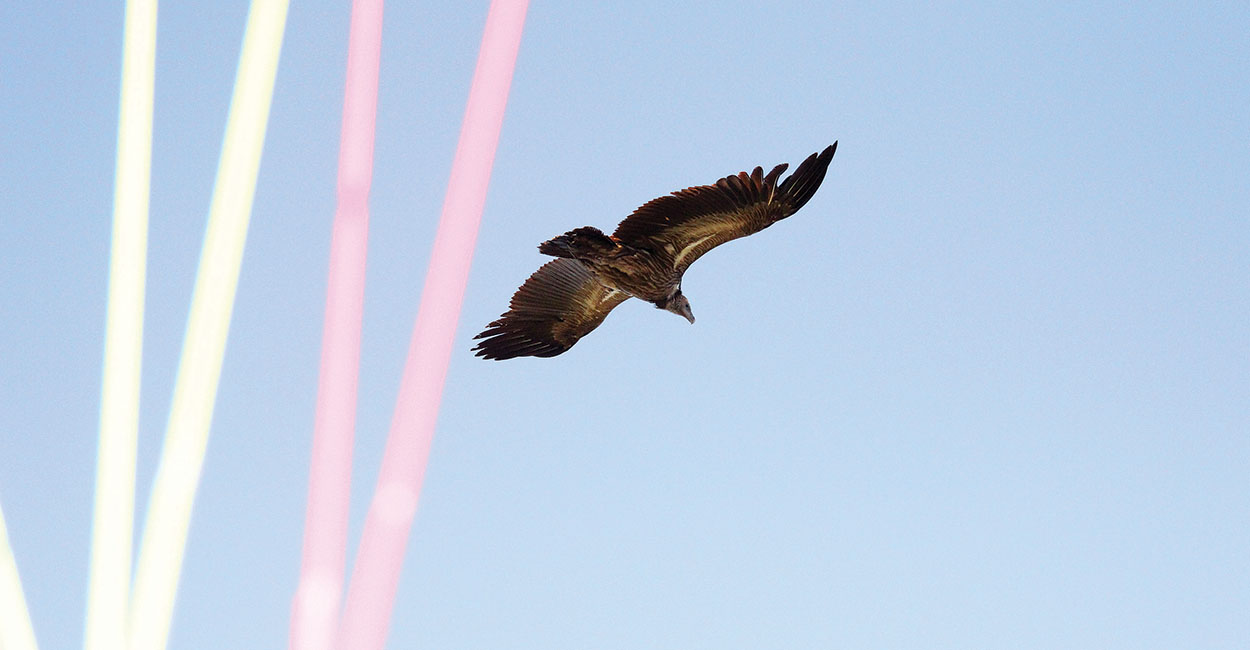
Observation is probably the most important skill we have. But it’s also the most under-rated and least talked about. Learning to observe well will help your flying 100 times more than simply stepping onto a higher class of glider and expecting to fly further. And there are ways to get better at it, says former paragliding world champion Bruce Goldsmith.
Flying, to a large extent, is a guessing game – even in order to safely do a top-to-bottom you need to gather a lot of information, and make some important decisions. But isn’t that what makes flying so fascinating? That the air is invisible, so you have to watch its effect on visible objects to work out what it’s doing.
Clouds, the terrain, the sun, the wind and, of course, other flying objects all bring us invaluable information. It’s no wonder that your ability to observe and absorb information is key to understanding what the air is doing, and ultimately, the key to flying well.
This sounds simple enough, but in reality, most pilots who don’t fly regularly need most of their concentration to control their gliders, and for this reason don’t have the spare mental capacity to look around and observe the world.
As flying becomes more automatic, your mind has the freedom to pay more attention to your surroundings. To a large extent this is what makes experienced pilots better pilots. To help accelerate that process for you, here’s what I’m looking for when I’m flying in different situations.
The weather
The most important thing to observe and understand in this sport is the weather. It’s not only paramount to your success, but also your safety. You should constantly assess the wind direction and strength to work out where the dynamic lift will be, where there might be dangerous rotor, and the direction thermals are drifting.
The Sun’s position in the sky and any shadow from clouds will have a big influence on thermal production, as will changes in the air mass or upper clouds. It’s important to be aware of any changes that are forecast, and then to monitor them.
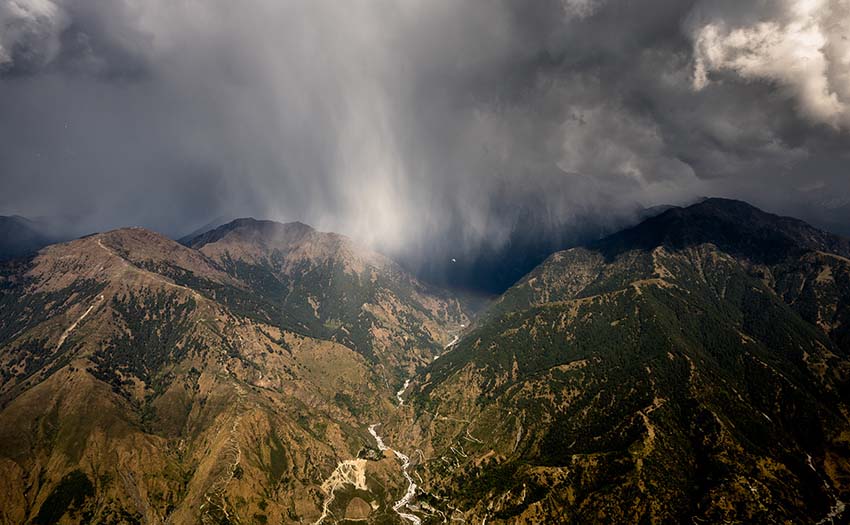
Clouds
Cumulus clouds mark the tops of thermals. They grow and die as thermals arrive at cloudbase and are a definite sign that there is lift. Day-to-day, clouds form in different ways, from large growing cauliflowers to nothing more than wisps. Noting how they grow and comparing them with the other clouds you can see will allow you to identify the best areas of lift, and assess whether a cloud is becoming dangerous.
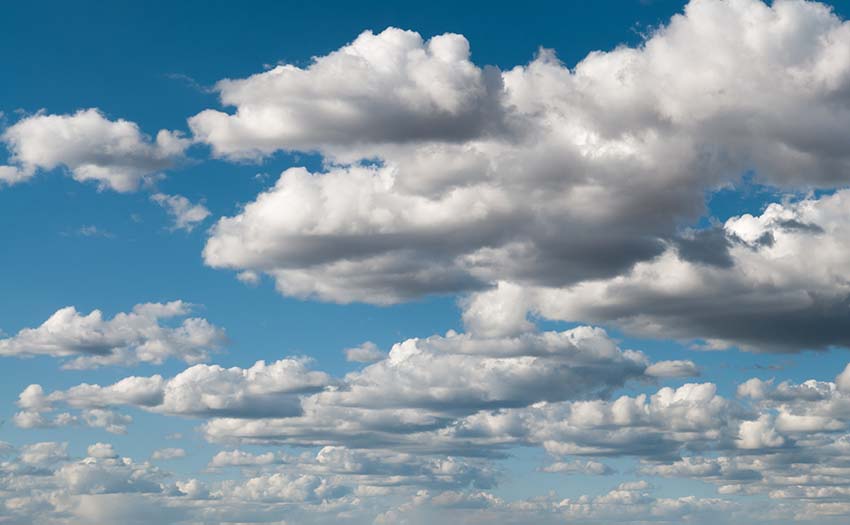
Thermalling
One of the situations where observation, or lack of it, is most evident is when we are thermalling. A good pilot is constantly watching the other pilots around. If someone else starts to climb faster, then they recognise that the lift is better there, and immediately move closer.
There is simply no excuse for being outclimbed by someone or something – gliders, birds, bags or debris – lower than you. You should have flown over and joined their thermal long before they passed you.
Thermalling should always be a quest to climb as quickly as possible, so you need to watch the relative climb rates of everything around you. If you suspect someone is climbing faster than you, readjust your 360s to benefit from the air they are climbing in.
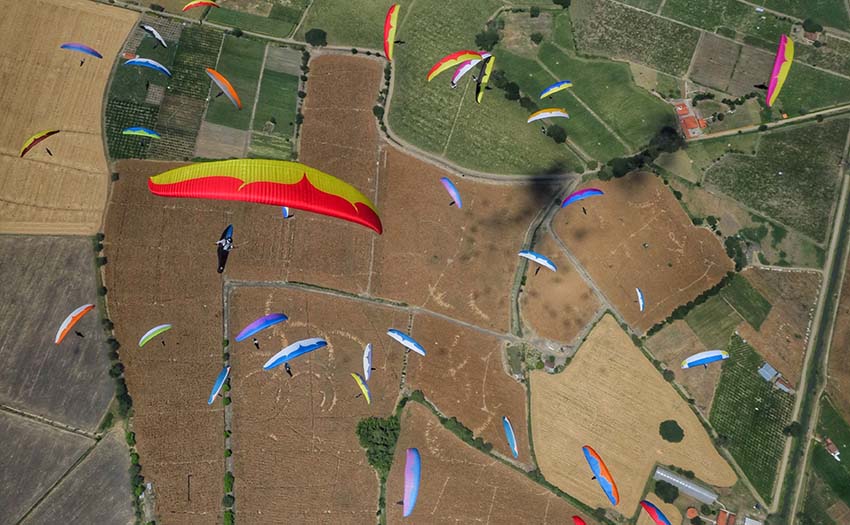
Gliding
Watch the pilots around you to see if anyone is in better air. Watch their heights relative to your own, and that of pilots around them. In competition seconds count, and the earlier you react the better. If someone else hits lift I often start gliding towards them before they’ve even started to turn.
You can see when someone is about to hit lift because their glider starts pitching around as they enter the turbulence around the thermal. If you’re behind a gaggle you’ll get a great view of how all of them move relative to each other. Not being the pilot out front is sometimes highly advantageous.

Ridge soaring
Observation isn’t just a skill you need when cross-country flying. It’s as important when you’re just ridge soaring a hillside. You should be noting what every other pilot on the hill is doing. Hillsides work in different ways and, if someone gets up, you need to know where they got that lift.
Watch other pilots’ strategies and see what works and what doesn’t. If it’s weak and people are sinking out, you might be able to save yourself just by remembering where all the best lift has been in the last half an hour. Remember to include the weather, and note how the sun, shadow and wind are affecting things.
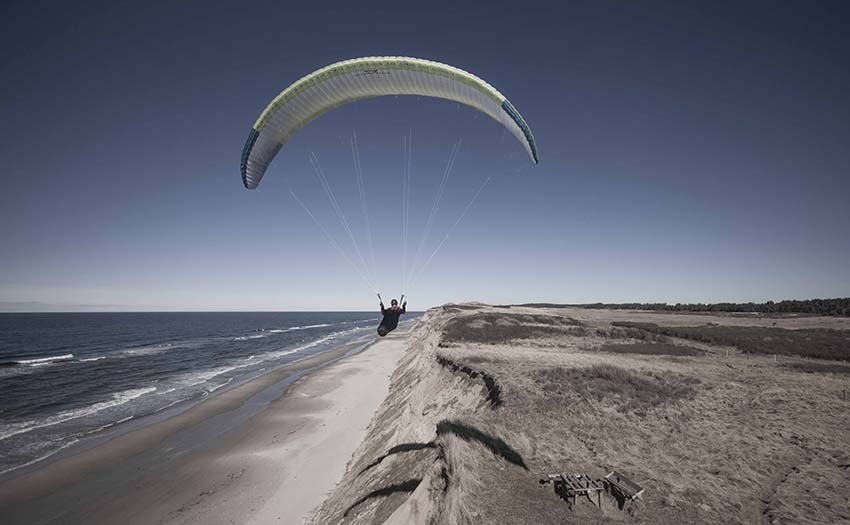
Competition
Nowhere are your observation skills more tested than in a competition. The best pilots know exactly what everyone in their field of view is up to and why. If I see a pilot fly off in an unusual direction, I immediately question why. What’s he or she seen? A bird? Another pilot climbing in the distance? Sometimes, if it’s a pilot whose decision-making I trust, I might even follow before I have spotted what he is after.
As you observe other pilots don’t forget to assess the outcome of their decisions too. Is their plan working for them, and if so, why? Don’t let them out of your sight for more than a few seconds, especially if you are gliding or hunting for thermals, even if it means really stretching your neck to look above and behind.
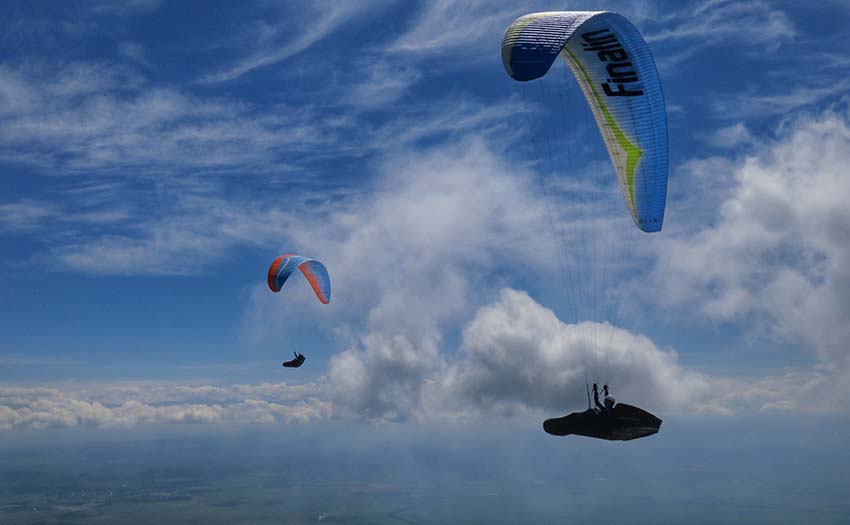
Getting low and landing
Eventually, even the best pilots land, and when we do we enter one of the most dangerous moments of our flight, the bit when we’re close to the ground. Observing the wind speed and direction when landing is a crucial skill all cross-country pilots need to master.
Obviously windsocks and streamers help, and we can all tell which way the trees are blowing, but did you know that the upwind sides of lakes and ponds nearly always have a ripple-free area close to the shore, whereas the downwind side doesn’t? And that standing birds always face into the wind? They just hate having their feathers ruffled.
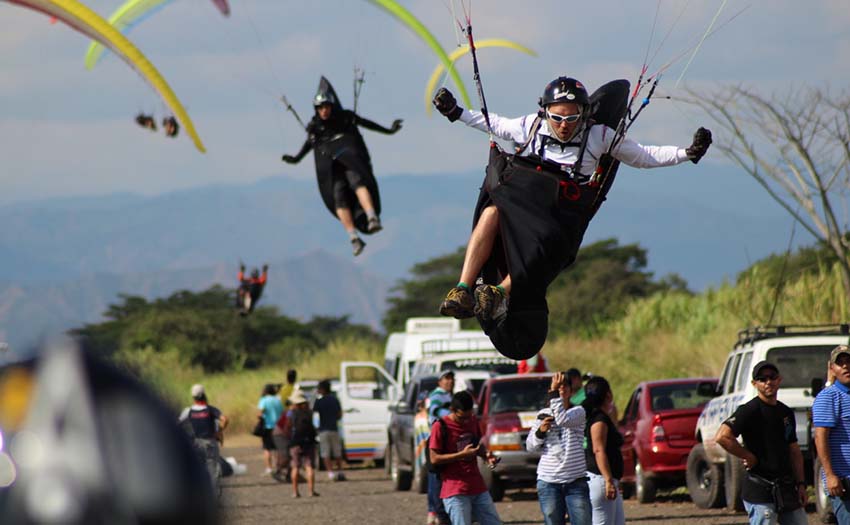
Keep your eyes open
If you want to become a better, safer pilot you’ll do a lot for yourself just by keeping your eyes open. Consciously make a decision to look around continually rather than wandering around aimlessly daydreaming.
And watch others close to you like a hawk – if they vanish or head off ask yourself why. Don’t wear a helmet or glasses that restrict your field of vision, and don’t spend all your time with your nose buried in that new GPS / vario unit.
Finally, get plenty of airtime on a glider you’re comfortable with so you can relax and free up as much of your mind for the task of observing as possible.
Need to know
- Observation is key to flying well
- Flying a comfortable glider means you have more time to observe, therefore you will fly better
- Watch the weather throughout your flight, including wind, shade and the sun’s position
- Watch the clouds, where they are and how they are developing
- Watch other pilots, how fast they are climbing, where they find lift
- Watch your height, know where you can land and what the wind is doing
- Get your nose out of that GPS!
This is an edited extract from Fifty Ways to Fly Better


